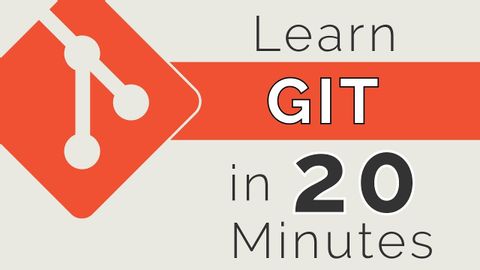20 分で Git を学ぶ (Learn Git in 20 Minutes)
林宜悉 が 2021 年 01 月 14 日 に投稿  この条件に一致する単語はありません
この条件に一致する単語はありませんUS /ˈkɑnˌtɛnt/
・
UK /'kɒntent/
- adj.満足している;満足した
- n. (c./u.)内容;主題;コンテンツ;満足;コンテンツ;含有量
- v.t.満足させる
- v.i.同意する
US /ˈmʌltəpəl/
・
UK /ˈmʌltɪpl/
- adj.複数の;多様な;多発性の;多重の
- n. (c.)倍数;多数;倍率
- pron.多数
US /ˈpɪriəd/
・
UK /ˈpɪəriəd/
- n. (c./u.)期間 : 時代;強調;終止符;生理;授業時間 : 時限
US /ˈkɑnˌflɪkt/
・
UK /'kɒnflɪkt/
- n. (c./u.)対立;対立;戦争;内なる葛藤
- v.t./i.矛盾する : 衝突する
エネルギーを使用
すべての単語を解除
発音・解説・フィルター機能を解除

